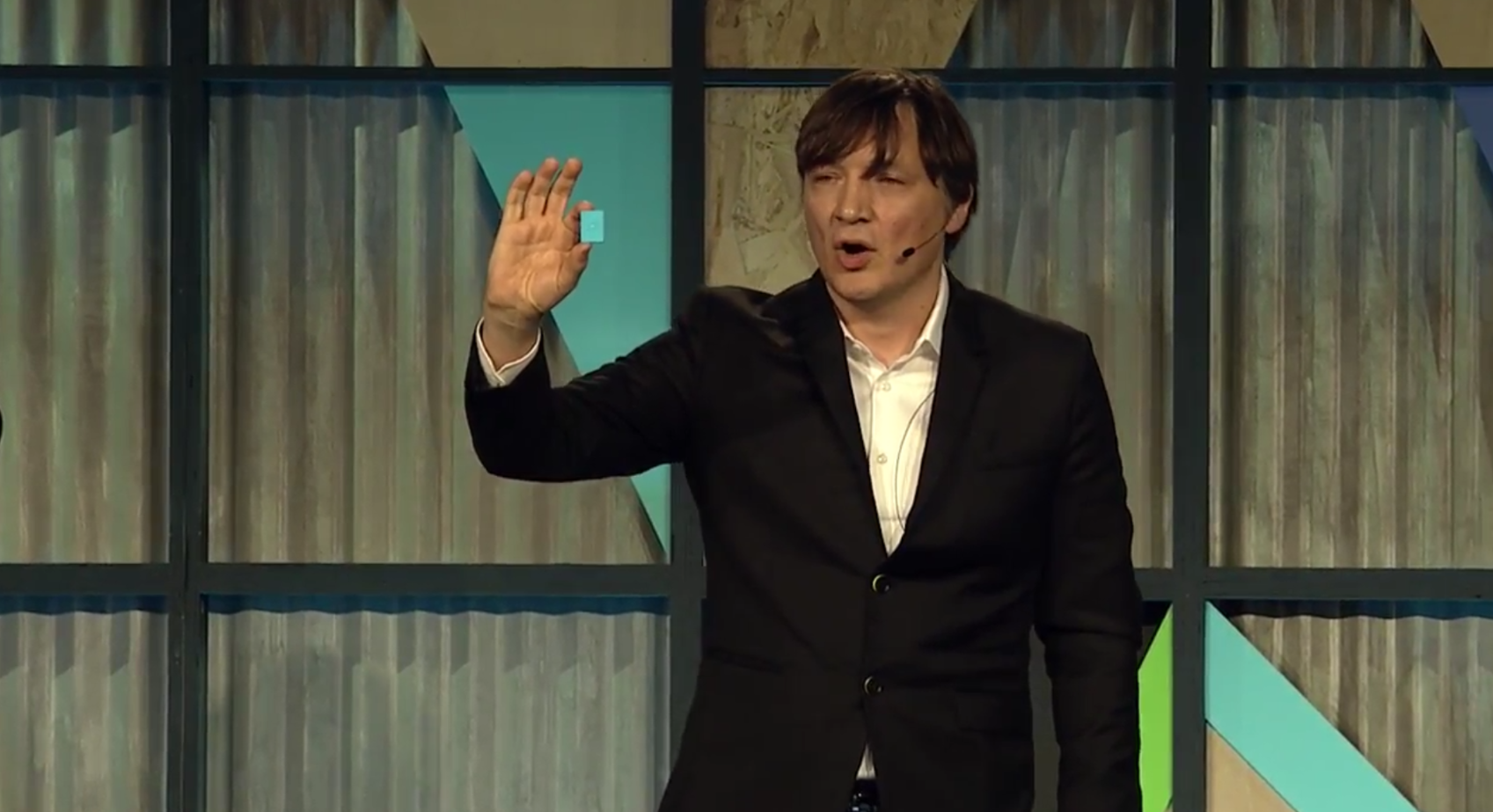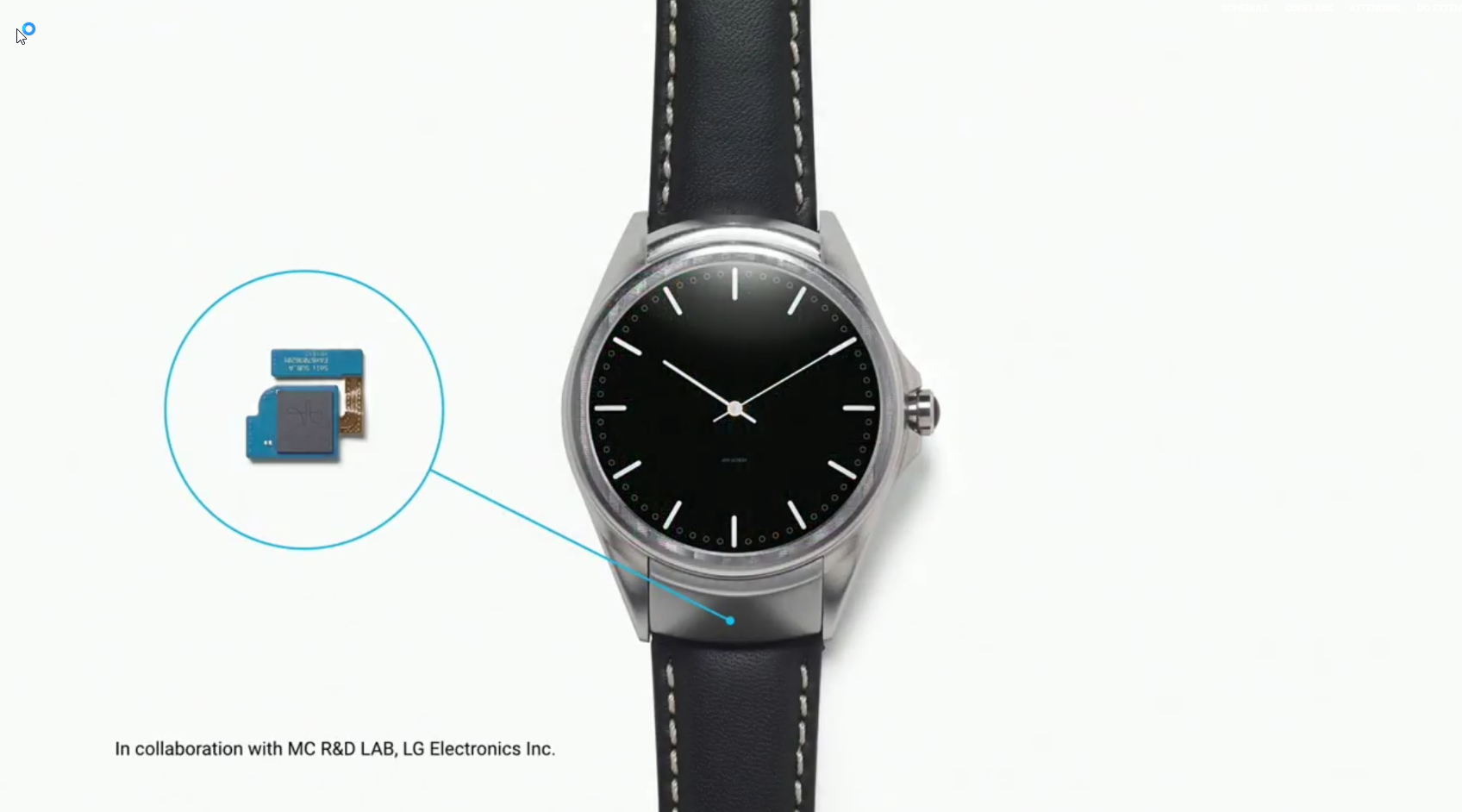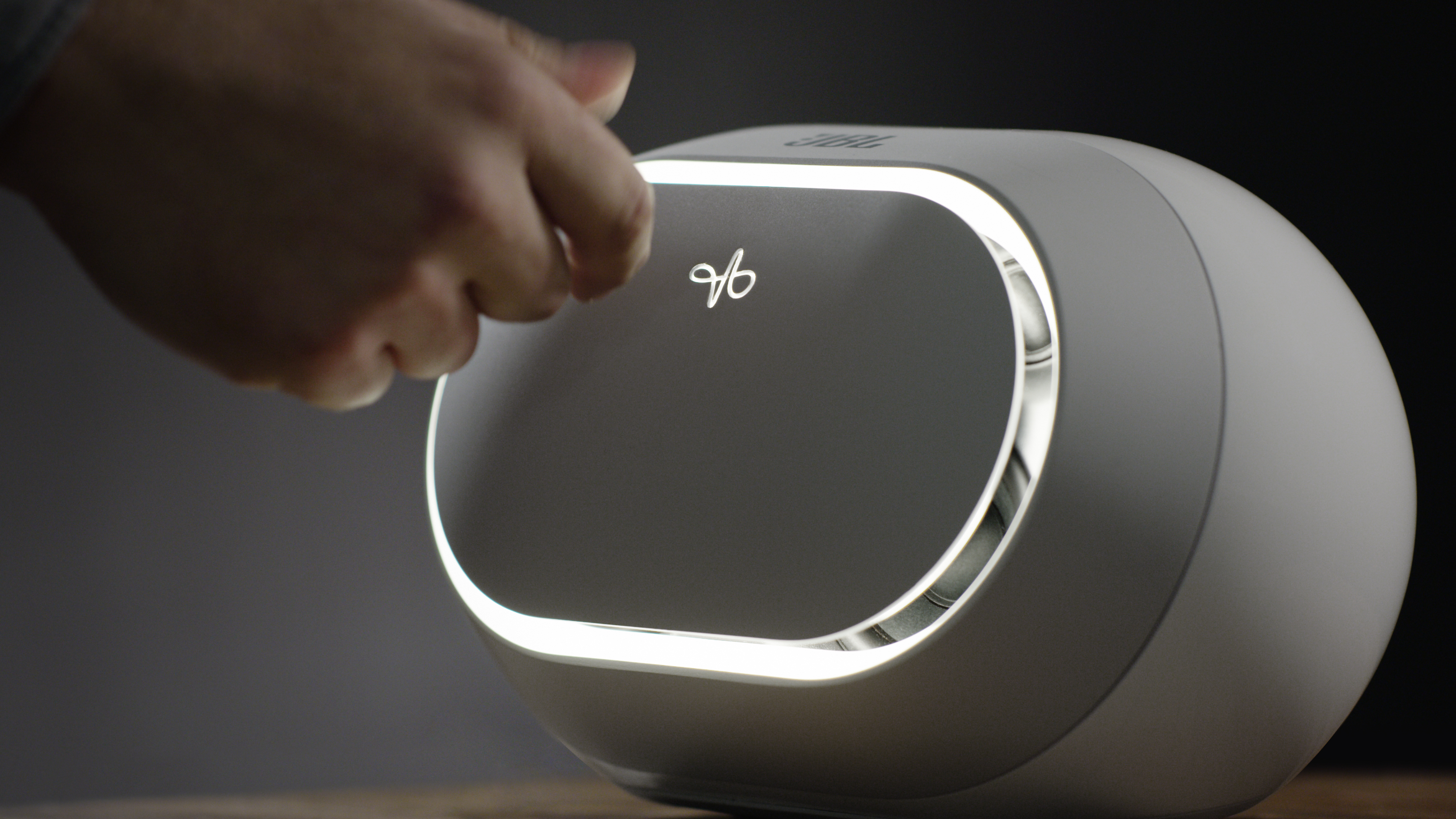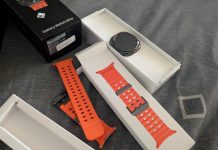
How do you interact with devices? Touch controls? Buttons? Voice? How about waving your hand near it Star Trek style, or pinching or tapping your fingers? No? Google’s ATAP division would like to. Introduced last year, Project Soli is a miniature radar detector capable of detecting and interpreting micro movements, including fine finger gestures.
Following last year’s announcement, the team released an Alpha development kit to put the device into the hands of developers to see what they could come up with. The range of applications fort the sensor is quite impressive.
However, this sensor had some issues, it was large, used a lot of power and required a desktop computer to drive it. The Soli team set themselves a goal of getting a Soli sensor into a smartwatch within the year, because if you can put it in a smartwatch then it should be able to go anywhere. Well, they did it. In partnership with LG, the team have got a working prototype built into an LG Smartwatch.

To be honest, the user interactions demonstrated look clunky and more hassle than interacting with the watch through more traditional means, but this is a proof of concept demonstration. Google have taken this from idea to functioning prototype in two years, and while it may not be ideally suited for a smartwatch, where else could a miniaturised radar are capable of sensing up to 12 metres be used? A speaker perhaps?

In conjunction with JBL, the Project Soli team have got a fully working speaker prototype that allows gesture control. During the demo, they were able to play and skip tracks and turn off the speaker using hand gestures. I have to admit, this did make me excited for a future version of Google Home with a Soli control sensor built in the top for buttonless complete control of playback, volume and who knows what else?
There are no timelines for any Soli based product to come to market, however, Google is releasing a Beta developers kit shortly.

It is impressive to see Google continue to take these ideas and concepts and actually refine them into something that could conceivable in a devicein hte near future. Now it’s time to see if Soli can add new usability and control into existing and future devices.



